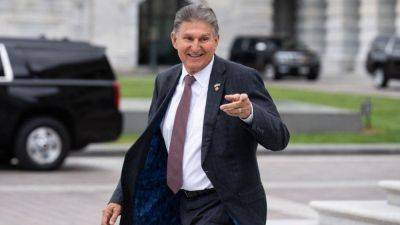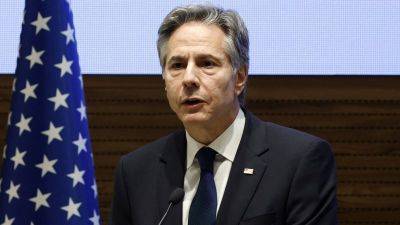Want to Understand 2024? Look at 1948.
In the era of modern consumer confidence data, there has never been an economy quite like this recent one — with prices rising so high and unemployment staying so low.
But just a few years before the consumer sentiment survey index became widely available in 1952, there was a period of economic unrest that bears a striking resemblance to today: the aftermath of World War II, when Americans were near great prosperity yet found themselves frustrated by the economy and their president.
If there’s a time that might make sense of today’s political moment, postwar America might just be it. Many analysts today have been perplexed by public dissatisfaction with the economy, as unemployment and gross domestic product have remained strong and as inflation has slowed significantly after a steep rise. To some, public opinion and economic reality are so discordant that it requires a noneconomic explanation, sometimes called “vibes,” like the effect of social media or a pandemic hangover on the national mood.
But in the era of modern economic data, Harry Truman was the only president besides Joe Biden to oversee an economy with inflation over 7 percent while unemployment stayed under 4 percent and G.D.P. growth kept climbing. Voters weren’t overjoyed then, either. Instead, they saw Mr. Truman as incompetent, feared another depression and doubted their economic future, even though they were at the dawn of postwar economic prosperity.
The source of postwar inflation was fundamentally similar to post-pandemic inflation. The end of wartime rationing unleashed years of pent-up consumer demand in an economy that hadn’t fully transitioned back to producing butter instead of guns. A year after the war, wartime price controls ended and inflation







